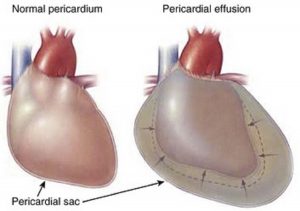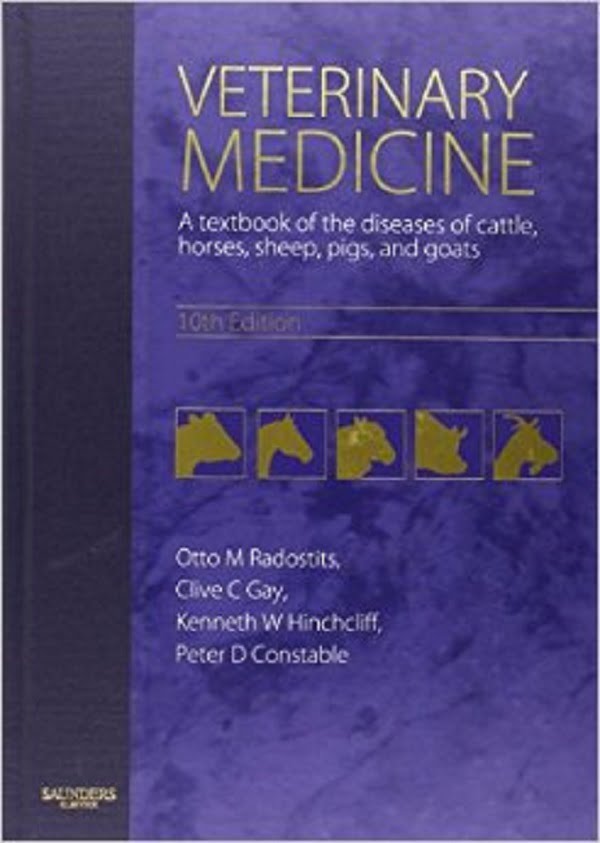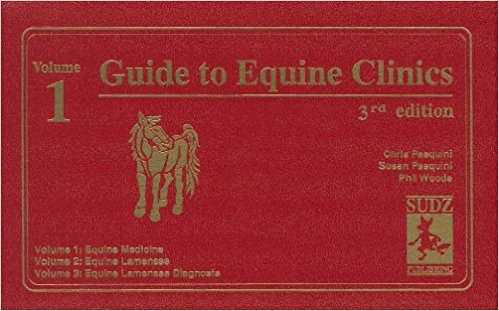Cardiac tamponade ,Signs and Symptoms, causes ,Pathology, diagnosis and treatment
Cardiac tamponade

clinicalgate
What is Cardiac tamponade?
It is a condition of heart in which fluids accumulates in the pericardium and results in the compression of heart. It may be rapid or gradual. Cardiac temponade is also known as pericardial tamponade.
Signs and Symptoms of Cardiac tamponade:
Its onset may be rapid or gradual.Symptoms typically include those of cardiogenic shock including shortness of breath, weakness, lightheadedness, and cough.
Causes:
Cardiac tamponade is caused by a large or uncontrolled pericardial effusion, buildup of fluid inside the pericardium. Commonly occurs because of chest trauma , also caused by myocardial rupture, cancer, uremia, pericarditis, or cardiac surgery, and rarely occurs during retrograde aortic dissection, and because of anticoagulant therapy.
Pathophysiology of cardiac tamponade:
The outer layer of the heart is made of fibrous tissue[which does not easily stretch, so once fluid begins to enter the pericardial space, pressure starts to increase.
If fluid continues to accumulate, less blood entering the ventricles. Eventually, increasing pressure on the heart forces the septum to bend in towards the left ventricle, leading to a decrease in stroke volume.
Diagnosis of Cardiac tamponade:
Initial diagnosis can be challenging, as there are a number of differential diagnoses, including tension pneumothorax ,and acute heart failure. In absence of hypovolemia and tension pneumothorax, the most likely diagnosis is cardiac tamponade. general signs and symptoms of shock , such as fast heart rate, shortness of breath and decreasing level of consciousness. A fast heart rate, although expected, may be absent in people with uremia and hypothyroidism.
Treatment:
Initial treatment given will usually be supportive in nature, for example administration of oxygen, and monitoring. There is little care that can be provided pre-hospital other than general treatment for shock. Some teams have performed an emergency thoracotomy to release clotting in the pericardium caused by a penetrating chest injury.Prompt diagnosis and treatment is the key to survival with tamponade.
Reference:
- Richardson, L (November 2014). “Cardiac tamponade.”. JAAPA : official journal of the American Academy of Physician Assistants. 27 (11): 50–1. doi:10.1097/01.jaa.0000455653.42543.8a. PMID 25343435.
- Spodick, DH (Aug 14, 2003). “Acute cardiac tamponade.”. The New England Journal of Medicine. 349 (7): 684–90. doi:10.1056/NEJMra022643. PMID 12917306.
- Schiavone, WA (February 2013). “Cardiac tamponade: 12 pearls in diagnosis and management.”. Cleveland Clinic journal of medicine. 80 (2): 109–16. doi:10.3949/ccjm.80a.12052. PMID 23376916.
- Sagristà-Sauleda, J; Mercé, AS; Soler-Soler, J (26 May 2011). “Diagnosis and management of pericardial effusion.”. World journal of cardiology. 3 (5): 135–43. doi:10.4330/wjc.v3.i5.135. PMC 3110902
 . PMID 21666814.
. PMID 21666814. - Bodson, L; Bouferrache, K; Vieillard-Baron, A (October 2011). “Cardiac tamponade.”. Current opinion in critical care. 17 (5): 416–24. doi:10.1097/mcc.0b013e3283491f27. PMID 21716107.
- Kahan, Scott (2008). In a Page: Medicine. Lippincott Williams & Wilkins. p. 20. ISBN 9780781770354.






